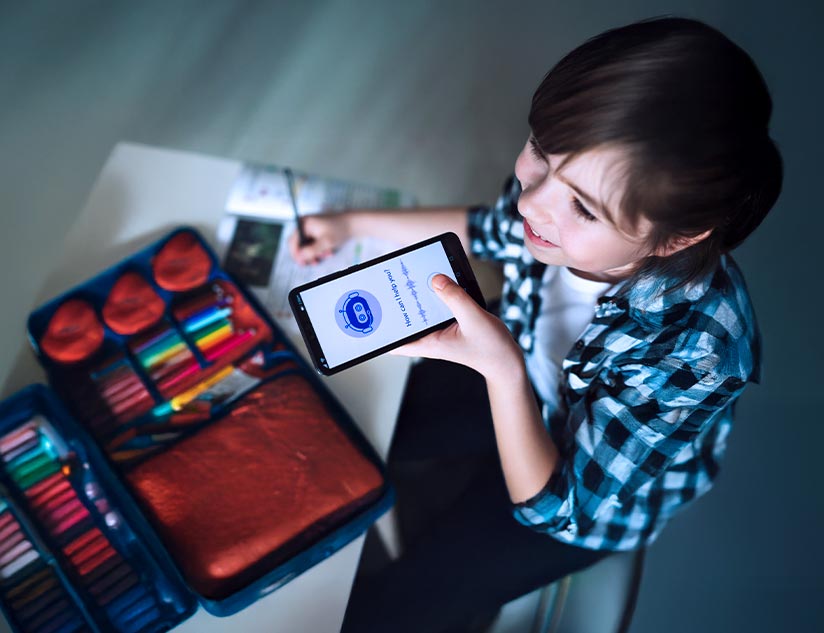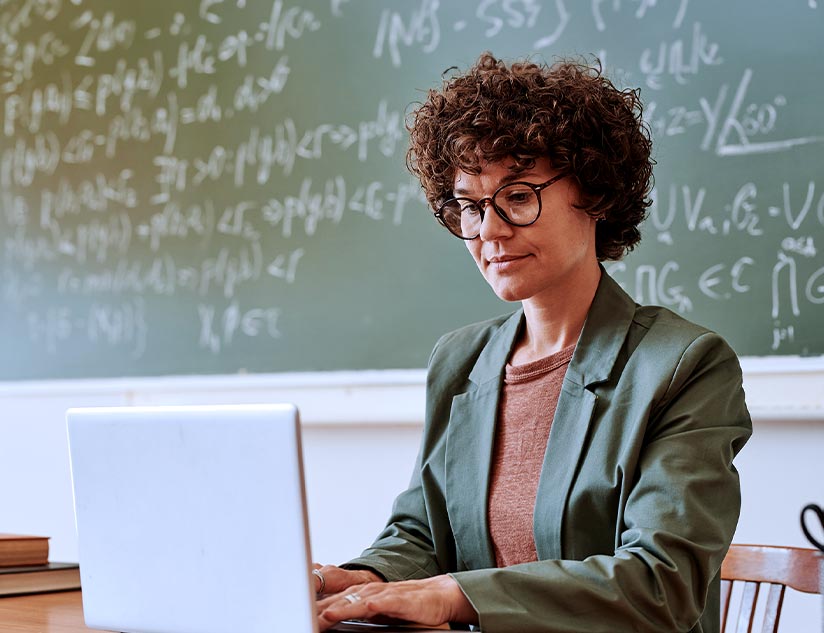Imagine meticulously crafting an online course only to realize that it excludes a significant segment of potential learners. Wouldn’t you be disappointed to lose this audience because the course design didn’t follow inclusivity principles? Course authoring is more than curriculum completion. It must build bridges of accessibility for all. It should focus on broadening the section of learners that benefit from it. As we enter 2024, inclusivity is no longer a bonus for a service or product; it is an imperative for all education. And it isn’t even burdensome for educators or publishers. All they need is to get the right set of tools.
Need to make an audio-visual module more inclusive? Automate adding language-specific captions. Doing so will demonstrate your commitment to the “Education for All” principle and your diligence to DEI to achieve SGD4. Ensuring inclusion is among the top priorities for both UNESCO and UNICEF. It should also be a primary goal for educational institutions because accessible and inclusive courses attract diverse learners, enriching the experience for everyone in the learning ecosystem. Read on to learn how cutting-edge course authoring tools can power the creation of inclusive and accessible learning materials.
Beyond Brick and Mortar: Redefining Accessibility in Online Courses
Inclusivity is a multi-faceted endeavor that addresses concerns beyond physical disabilities, such as motor, visual, or auditory impairments. Inclusive digital learning spaces consider linguistic, cultural, cognitive, and other barriers to foster an equitable and accessible learning environment. Inclusivity also encompasses socioeconomic disparities and internet connectivity issues.
A paradigm shift at the course creation level is needed to create truly inclusive learning environments. The focus has to shift from mere compliance to truly empowering learners and educators for effective education delivery and attaining learning outcomes. Instructional design, delivery, and materials must be elevated to meet dynamic learner requirements as digitization increasingly extends the reach of learning to a wider audience.
Courses created with inclusivity and accessibility at the forefront include equitable, flexible, and intuitive use with an inbuilt tolerance for usage errors. WCAG’s POUR principles (Perceivable, Operable, Understandable, and Robust) emphasize creating learning content that users can perceive adequately, irrespective of device, and acquire skills and knowledge equitably, regardless of their abilities. The Kenyan Institute for Curriculum Development’s Digital StoryTime is an impressive digital accessibility initiative. The initiative uses sign language for learners with hearing difficulties, closed captioning, and human narration to benefit all learners.
Enabling learners to seamlessly understand and use the interface and content is critical to accessible education. The goal is to make learning approachable, reachable, and attainable regardless of location, capabilities, background, or socioeconomic status.
Building an Accessible Course Authoring Arsenal
Educators and edtech organizations must recognize inclusivity as a transformative driver for mass adoption. They must incorporate course authoring tools that ensure universal design for learning (UDL). UDL encompasses the WCAG principles of course design and much more. These are pressing times to adopt smart course authoring tools with built-in features to adjust content formats, convert speech to text and vice versa, and facilitate keyboard navigation. Powerful tools with AI assistance recommend adaptive augmentations to make learning materials inclusive.
Course authoring software with accessible color palettes, automated alternate text descriptions (audio if needed), captions for visuals, and well-structured headings are among the simplest and most basic requirements. In addition, alternate content formats, adaptable instruction design, and interactive transcripts can significantly help adjust course content in real-time to individual learning styles.
From Creation to Consumption: Fostering Inclusion at Every Step
Since online learning is ubiquitous, the competition and scrutiny in the marketplace are intense. Ensuring agility in curriculum and course design is critical to continually meeting evolving accessibility standards.
One way to do so is to conduct accessibility audits regularly. This can be done using in-house automated tools or with the help of external experts to gain a fresh perspective.
Another way is to embrace all ongoing feedback from instructional designers who use the course authoring platform, educators who teach using digital learning materials, and students. This feedback can help discover accessibility blind spots and allow you to actively address user concerns and establish yourself as a customer-centric brand.
Equity does not end with instruction. Assessments and interventions are equally important in improving learning goal achievement.
Be a Thought Leader
While education is the forerunner of all transformations, edtech stakeholders must become the advocates and torchbearers of change by prioritizing accessibility right from the stage of online course creation. This facilitates engendering motivation and engagement at the stage of content planning. Start by adopting and promoting digital course design best practices across the online learning ecosystem. Only you can help realize the dream of harnessing accessible online learning to help every student reach their full potential. The best way is to partner with an industry-leading education technology transformation enabler. Speak to the experts at MagicBox™ to learn how to stay ahead of the curve.















